Maple Grove Library, designed by MS&R, is one of the first projects selected to engage readers and the general public with subject matter that goes beyond the print edition of Architecture MN Magazine.
Architecture MN successfully dived headfirst into the online world with their short film competition "Videotect" which is where I caught the eye of editor, Chris Hudson (and about 1,000 others).
I've wanted to explore this side of architecture since I first saw My Architect in 2003. About the life of an architect and his work, this film showed me that the experience of Architecture is more powerful when motion is made within a space or through it by others. Motion provides a sense of depth, character and and texture to a place that still images rarely achieve. Not only that, film can give context to the place and time from which a project is created.
Maple Grove Library, is part or my journey to grow in the ability to tell the story of architecture.
The material I produced is intended to be split into 4 bite sized pieces that in whole tell the story of Maple Grove Library. Below are those four parts. While we have titled them "Part 1-4", the order in which you watch them, like all things online, isn't critical to enjoying or understanding a single segment.
Part 1: Maple Grove Library - A visual tour through the completed project set to music.
Part 2: Site & Vision - Get to know more about the context of the library's location
Part 3: Defining "Library" - Understand more of the philosophy behind the design decisions.
Part 4: Integrating Sustainability - "Green" isn't just a word with this project. The goals of sustainable design have been fully integrated not only seamlessly throughout Maple Grove Library, they give form to function.
For those interested in the process behind this feature:
Interviews
I conducted 4 interviews with members of the design team from MS&R Architects and Interior Designers, as well as Hennepin County officials and project staff. This couldn't of been done without the coordinating efforts of Traci Lesneski and Ligeia Cholensky from MS&R, Carla Biermaier and Kathryn Zimmerman from Hennepin County Staff, and Chris Hudson, Editor of Architecture MN.
Film Schedule
3 Days of filming was conducted over the course of 2 weeks to coordinate both interviews, weather, and location availability. Planning and coordination for those days took approximately 8-16 hours of time over the course of time previous to filming.
Over the course of that same 2 weeks, approximately 30-40 hours were spent editing and developing content.
This isn't too dissimilar to the timeline for a full production still photography schedule. Each project is unique however. The amount of content that is generated for the film can also be split by other parties within a production team or members within a design firm.
Staffing
- Filming, editing, and a steep learning curve effort of audio engineering was all produced by just myself.
- This project couldn't of come together without the coordination efforts mentioned above.
- Special credit also goes to Chris Hudson, Editor of Architecture MN for volunteering as my assistant for a day to gather model releases and ask for volunteers.
- There were also additional Image Contributions from MS&R and Photographer Lara Swimmer. Her images are featured in the print edition of this article and used for portions of the interviews to give context to their words.
Gear
For those interested in the investment made to produce a film like this:
- 2 Nikon D7000 DSLR Bodies
- 2 Tripods
- Manfroto Video head and Induro PHQ-3 Pan Head
- Tokina 11-16mm Wide angle Lens
- Nikkor 24-70mm (However some prime lenses may be used)
- 2 Audiotechnica Lavaliere Microphones
- Promaster LED Studio Light
- Light Stands
- 50" Reflector for bounce light
- 27" iMac, Final Cut, Lightroom, Quicktime 7pro, Drobo & LaCie External Storage.
Lessons learned
Every project has something to learn from, this is what I took away from this.
- An assistant can make or break your production.
- #1 If my assistant wasn't there to collect signatures, it would have increased my production time by a few precious hours.
- #2 Not having someone else to manage Audio and Lighting can create complications quickly for post production.)
- Record Audio for interviews from at least two locations. A shotgun microphone on camera and lavaliere microphone on your subject, can save your bacon if one of them fails in mid interview.
- Audacity is amazing tool for repairing audio if all else fails, but there is a steep learning curve.
- Filming interviews from two locations provides versatility for editing that is less noticable than condensing clips from a single source.
- Stormy days, make for fantastic clouds.
- Studio LED lights need a fresh change of batteries more often than my children.
